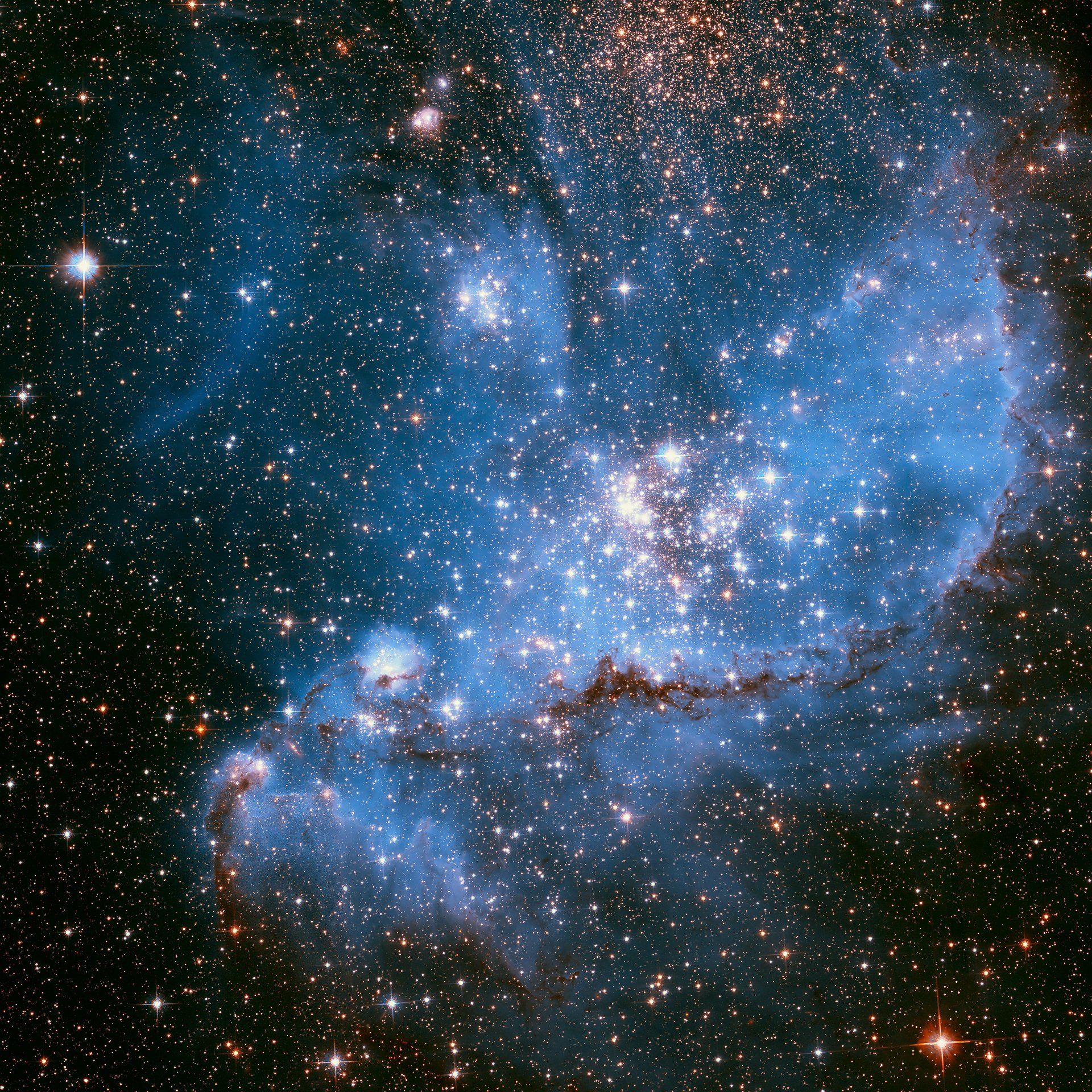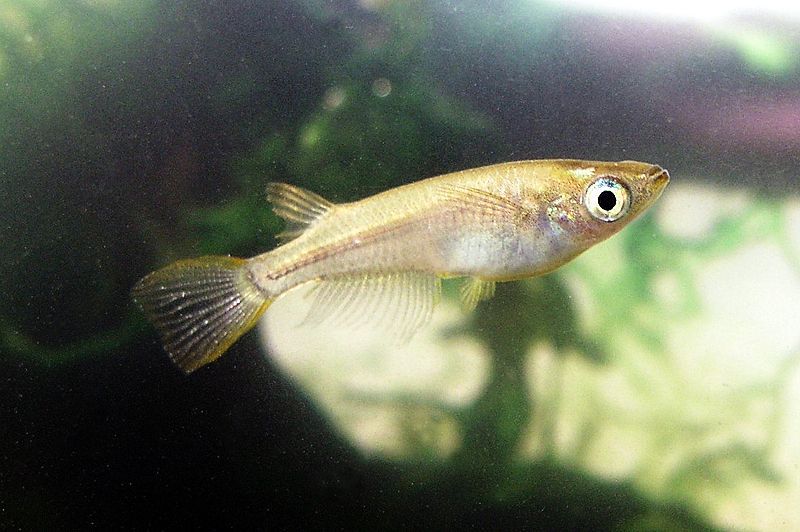Can You Weld In Space?
Can You Weld In Space?
Yes, you can weld in space. However, its not hot!
In space, traditional welding methods that require heat to join two metals together are not applicable, but cold welding can be utilized instead. Cold welding is a general materials phenomenon that has been around since the 1940s, and it involves fusing two similar materials together through contact welding. This process is particularly suitable for use in space since it doesn't require heat and can be performed in a vacuum. On Earth, however, heat is needed to weld metals together by raising their temperature to the melting point.
Cold welding is a viable welding technique that can be employed in space since it doesn't require heat to join two metal surfaces together, unlike conventional heat welding techniques used on Earth. The welding process is achieved through high-pressure fusion of two metal parts. Cold welding has been in use since 1969 when it was first used in outer space. However, it's crucial to prevent unwanted cold welding in space.
What is cold welding?
Welding in space requires a different approach compared to heat welding on Earth. Instead of heat, astronauts use contact or cold welding to join metal parts during repairs. Cold welding involves fusing two similar metals under pressure in a vacuum environment. This method is preferred in space as it does not require a molten state to bond metals.
Before employing cold welding in space, astronauts need to remove any oxide layers on the metal parts, which can prevent bonding. Cleaning can be done through brushing, degreasing, or chemical means. The next step involves bonding the two metal parts under high pressure, creating metallurgical bonds. It's crucial to use soft, ductile metals that have not undergone hardening for contact welding.
The five-step process of cold welding involves cleaning the surfaces of the materials to be welded, positioning them flush with each other, creating an electrical connection using a cold welding machine, supplying current to heat and weld the two pieces, and allowing the weld to cool after removing the machine. By following these steps, astronauts can effectively join metal parts in space without the use of heat.

Can metal weld itself in space?
Although it's theoretically possible for parts of metallic structures in space to weld together, the likelihood of this occurring is extremely low due to several factors. Firstly, cold welding can only occur in a vacuum if both surfaces to be welded are clean, which is unlikely for metal in space due to oxide layers. Secondly, the chances of metallic structures colliding and the surfaces being positioned in a way that would allow for welding are also very slim. Finally, since there's no one there to clean off the oxide layers, self-welding of metal in space is not possible.
How astronauts prevent unwanted cold welding
Although accidental cold welding in space is rare, it can have disastrous consequences. Therefore, it's crucial to take measures to prevent unwanted metal fusion from occurring. Here are some ways that astronauts can prevent this:
- Surface Coating: To avoid cold welding, metal surfaces must have a coating of oxide, dirt, or other substances. This allows for easier cleaning of surfaces when necessary.
- Environmental Exposure Reduction: Some bare metals are more susceptible to cold welding, especially those exposed to thermal cycling, radiation, and atomic oxygen. Protective coatings can degrade over time, making these metals more vulnerable to unwanted cold welding.
- Secure Simple Structures: Fasteners, locks, and latches should be secured to prevent contamination and wear from abrasive particles.
- Fewer Moving Parts: Reducing the number of moving parts can help prevent cold welding that may result from triboelectric wear and environmental exposure.
© Copyright 2021 Space-facts.co.uk
View our other facts sites: www.animal-facts.co.uk










